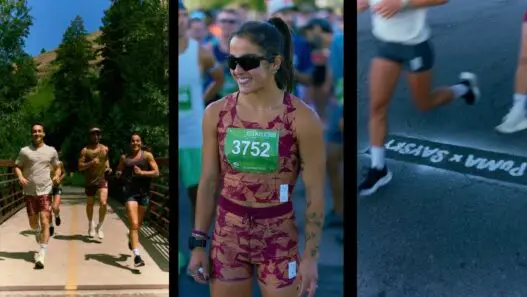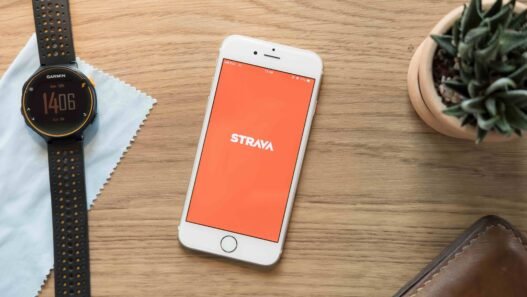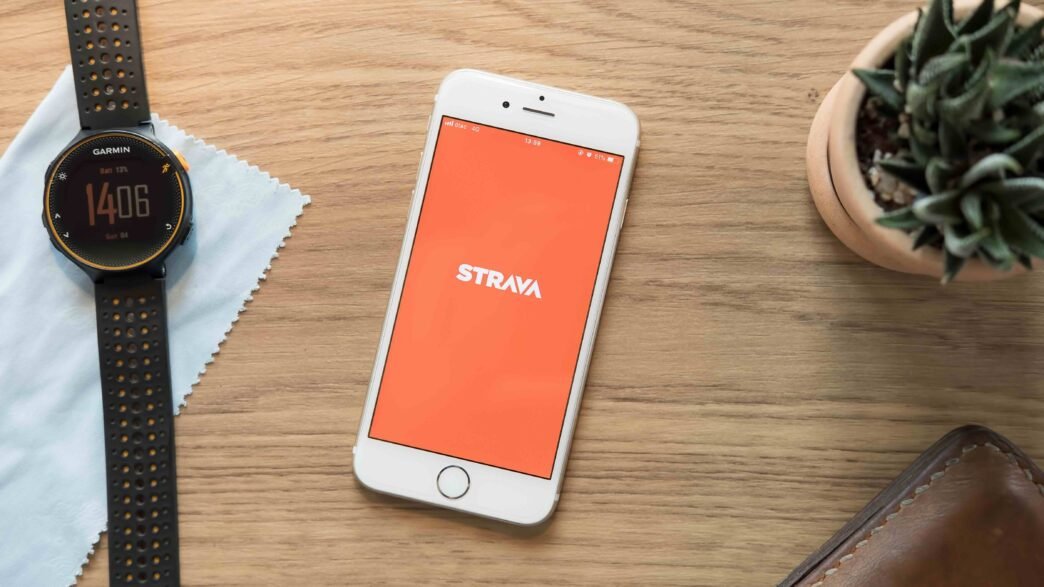TL;DR: Strava has filed a lawsuit against Garmin, accusing the GPS giant of copying patented features like Segments and Heatmaps, and breaching a past cooperation deal. The feud also involves Garmin’s demand for more visible branding on Strava uploads, something Strava says hurts the user experience.
Both companies insist athlete data uploads will continue for now, but the clash has sparked bigger questions about who really owns workout data and how fragile the fitness tech ecosystem might be when partners become rivals.
For years, Strava and Garmin have been inseparable allies in the fitness world — one building the hardware that tracks your every heartbeat, the other turning that data into digital kudos. But that harmony has fractured. What began as quiet tension over branding and data attribution has erupted into a full-blown legal battle, with Strava suing Garmin for patent infringement and breach of contract. As runners, cyclists, and triathletes brace for potential fallout, the dispute is raising a bigger question: who really owns the data that drives the modern athlete?
What’s going on
Strava (the social fitness-tracking app) and Garmin (the GPS watch + bike computer hardware maker) have been close partners for many years: Garmin devices upload workout data to Strava, and Strava’s features (segments, heatmaps, etc) help Garmin users get social/tracking benefit. But a dispute has emerged and escalated in recent months.
The core issues:
- Patent infringement / feature copying – Strava claims Garmin violated its patents around key features: “segments” (comparisons of times on route sections) and “heatmaps” (visualising popular routes/trails).
- Breach of prior cooperation agreement – Strava says Garmin breached a 2015 “Master Cooperation Agreement” when it used access/knowledge from Strava to build rival features.
- Branding / data attribution tension – Garmin has introduced guidelines requiring third-party apps (including Strava) to display prominent Garmin branding (logo) when uploading data from Garmin devices. Strava objects, saying the branding is too heavy and degrades user‐experience.
- Threat of integration disruption – Because of Garmin’s brand requirements and Strava’s objections, there was fear that Garmin devices might be blocked from uploading to Strava (or Strava might choose to limit Garmin uploads) after a specified date (1 November) unless terms are accepted.
Strava responded with a lawsuit filed in Colorado on 30 September 2025, demanding among other things that Garmin cease selling devices that implement the allegedly infringing features, or pay for licensing etc.
Why it matters
For users (runners, cyclists, athletes)
- Many Garmin device users rely on being able to upload their workouts to Strava for the social/community/tracking benefits. Any disruption could affect training, data continuity, segment leaderboards, etc.
- The branding/attribution requirement could mean that users see more branding clutter on their uploads from Garmin; some users feel it shifts focus from “my data & experience” to “device maker marketing”.
- Because of the dispute, some users are unsettled: “what if I buy a Garmin device and Strava stops accepting uploads?” or “what if my uploads are downgraded / features limited?”
For Strava
- Strava is asserting its intellectual property and trying to protect its feature set and competitive differentiation. With many wearables and fitness apps out there, its network effect and uniqueness matter.
- The lawsuit and conflict also come at a time when Strava has publicly confirmed it has IPO aspirations.
- If Garmin were to block uploads or degrade interoperability, Strava could lose a major cohort of users / data flows (since Garmin is a big ecosystem).
For Garmin
- Garmin has extensive hardware device-sales, and its ecosystem depends partly on being compatible with popular platforms like Strava. Disrupting that could hurt user sentiment and device value.
- Garmin’s branding/attribution push suggests it wants more control/visibility over how its devices’ data are used by other platforms. It may see strategic value in forcing partners to surface Garmin branding prominently.
- If Strava wins a major injunction, Garmin may have to remove or redesign features or license IP, which could cost money or weaken its device offering.
For the broader fitness / wearables market
- This dispute touches on bigger themes: who “owns” workout data, what happens to interoperability, how device makers and app platforms cooperate/compete.
- It may encourage other device/app makers to tighten control, demand branding, or assert IP more aggressively, which could lead to more fragmentation in the ecosystem (less smooth cross‐device/app integration).
- Users might push back and demand that their data and workflows remain device‐agnostic and undisturbed.
Current status & recent developments
- Strava publicly reaffirmed that for now uninterrupted connectivity for Garmin users remains a priority. They say they will comply with Garmin’s branding requirements effective 1 November, while seeking to make the attribution “minimal” and apply similar branding fairness to other device partners.
- Despite the branding compromise, the larger patent lawsuit is unresolved and appears to be proceeding. Strava is seeking both damages and injunction.
- The running/cycling community is vocal: many users express frustration with both sides (some say Strava is biting the hand that feeds it, others say Garmin is becoming too controlling over data). For example: “It’s our data. Stop trying to gimp the API when using our data.”
- The timing is notable: major fall races (marathon season) are upon many athletes and any disruption in device‐to‐app upload is especially concerning.
What to watch & possible outcomes
Here are some scenarios and things to monitor:
- Settlement / licensing deal
- It’s quite possible Garmin and Strava will settle: Garmin pays a licensing fee or agrees to limits, Strava drops injunction demand, interoperability continues.
- That outcome would preserve user workflows and be least disruptive to the ecosystem.
- Injunction or forced device/feature changes
- If Strava wins a court order, Garmin might have to disable certain features (heatmaps, segments) or redesign them in its devices/apps.
- That could degrade Garmin’s offering or force users to rely on Strava’s version or an alternative.
- Data upload disruptions
- Either side could take a hard line: Garmin could cut off uploads to Strava for non-compliant partners; Strava could limit Garmin device uploads if branding becomes excessive.
- This is the worst case for users: incompatibility, hassle switching, or loss of features. Users may have to look at alternative apps or device ecosystems.
- Broader ecosystem shift
- Other device/app makers will take note. They may restructure how data is shared, increase branding/attribution demands, or create walled ecosystems.
- Users may start demanding “open” uploads, minimal branding, and full control of their data, which could become a selling point.
At the heart of it, this isn’t just a tech spat. It’s a reflection of a changing fitness landscape where data is the new currency. The Strava–Garmin fallout shows how even long-standing partners can clash when business interests, branding control, and user data collide.
For now, uploads still work and athletes can keep chasing their segments, but the uneasy truce leaves one clear lesson: in the connected fitness era, the lines between competition and collaboration are getting harder to define.














